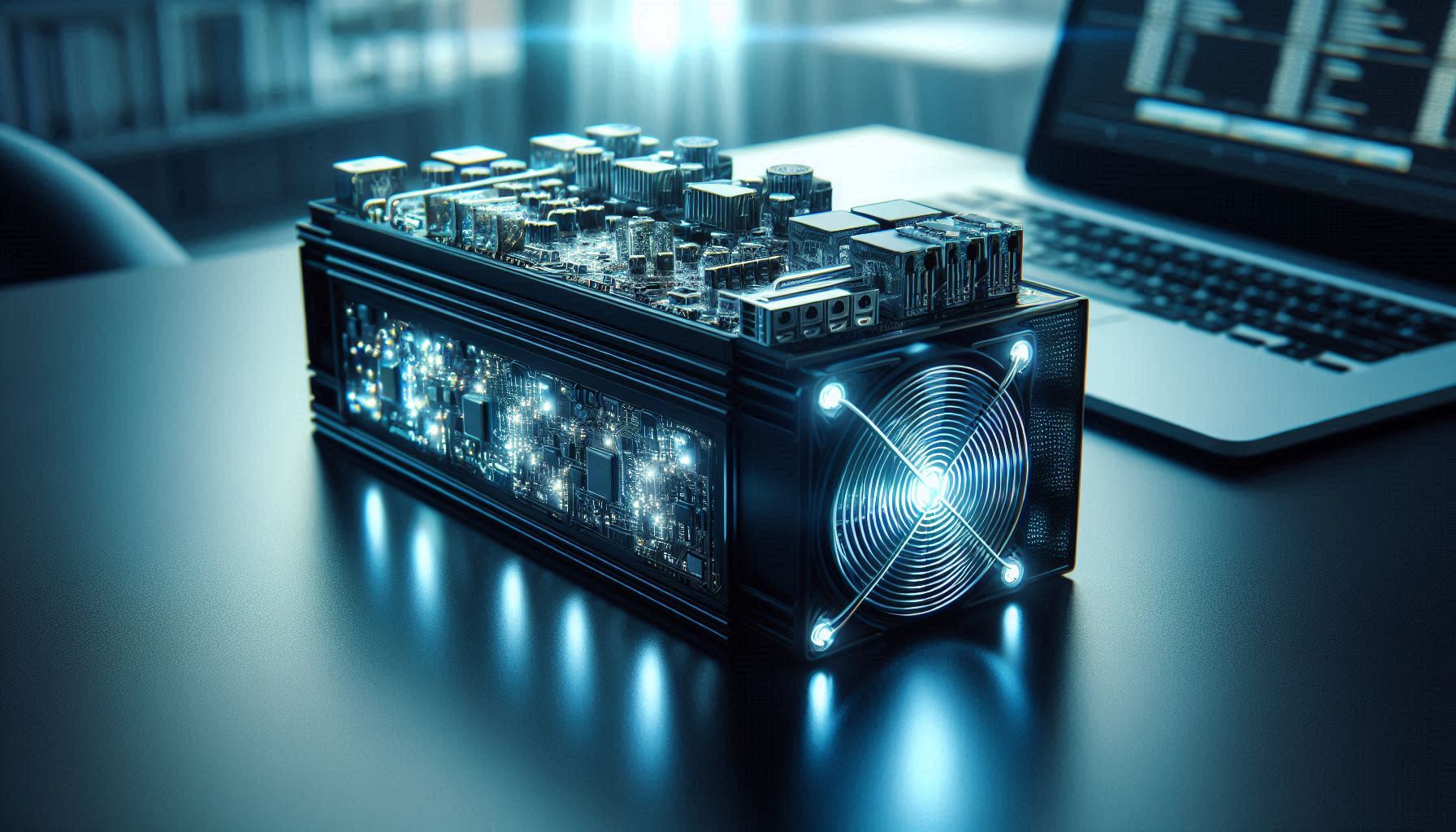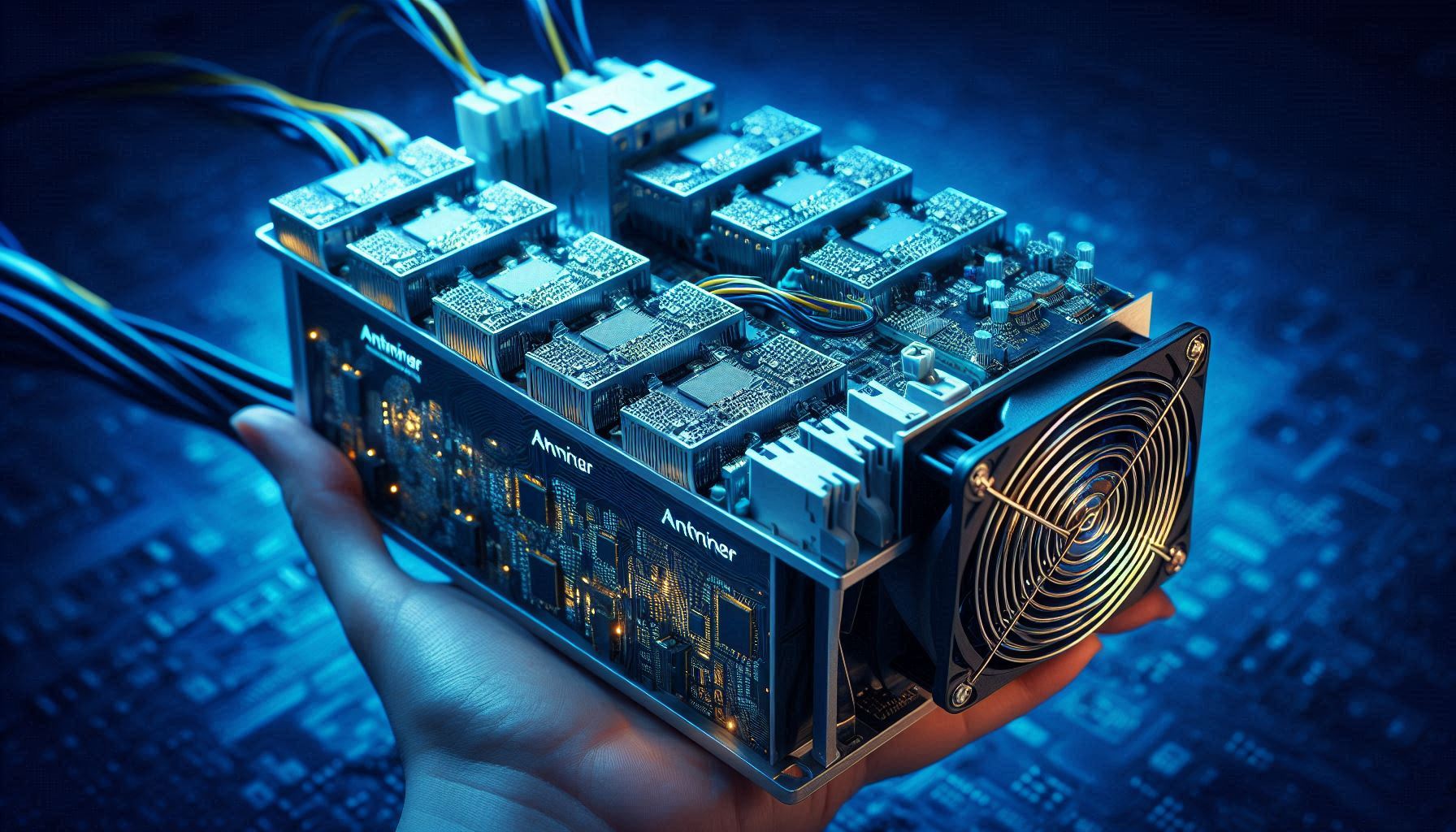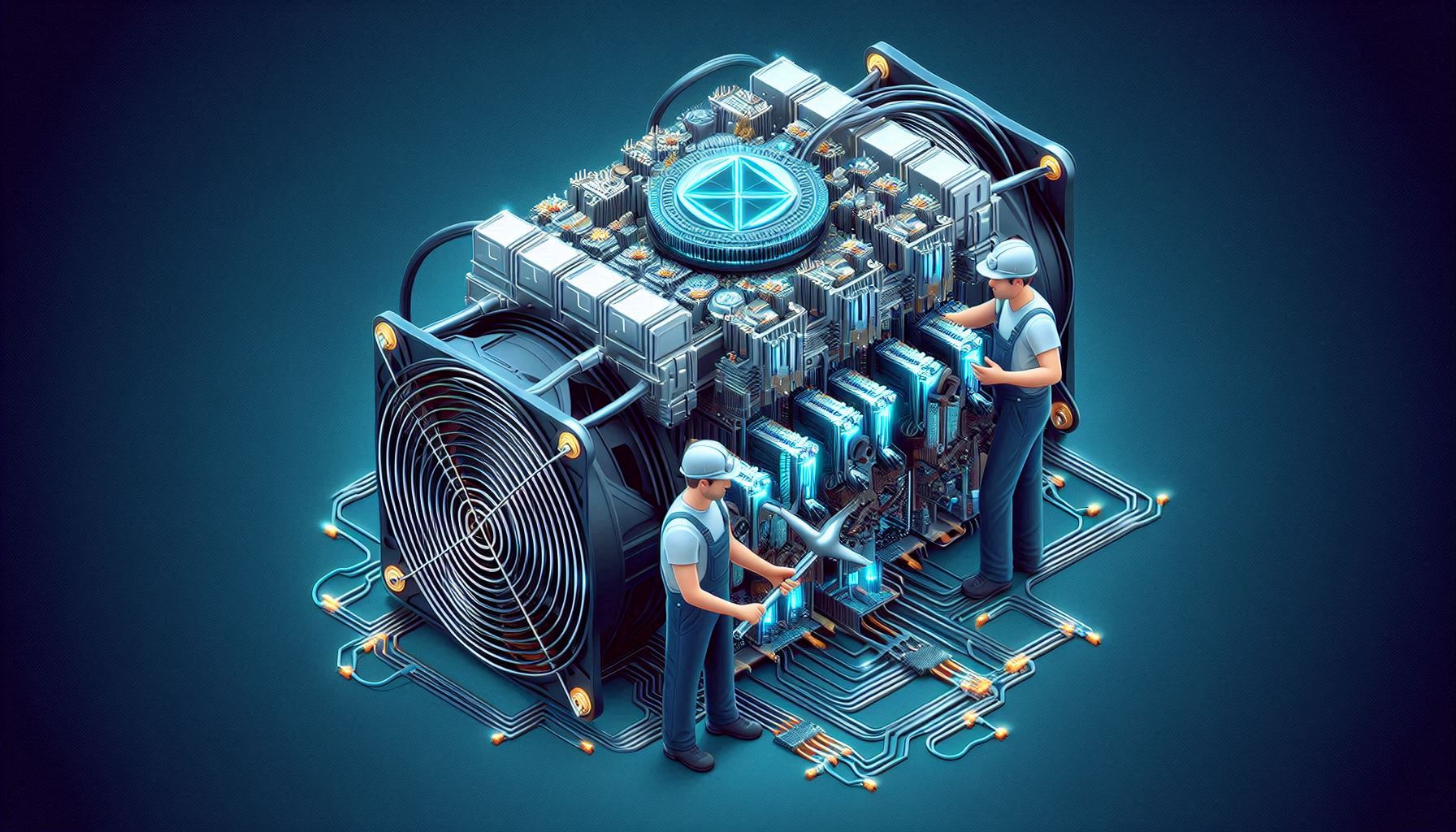What is ASIC miner
An ASIC miner—which stands for Application-Specific Integrated Circuit miner—is a highly specialized computer device meticulously engineered for the sole purpose of mining cryptocurrencies. Unlike ordinary processors or graphics cards that can handle various computational tasks, ASICs are custom-designed at the silicon level to run just one specific mining algorithm, achieving levels of efficiency, speed, and power savings that general hardware cannot match.

What is ASIC miner - Bitmain, Innosilicon, IceRiver, Jasminer, ElphaPex
ASIC miners have become the gold standard for major cryptocurrencies such as Bitcoin, completely changing the competitive landscape of crypto mining. Their advent has allowed miners to reach unprecedented hash rates and has fueled the age of industrial, large-scale mining farms, setting ASICs apart as the undisputed workhorses of modern Proof-of-Work blockchains.
How Does an ASIC Miner Work?
An ASIC miner operates by relentlessly performing a specific hash function (such as SHA-256 for Bitcoin) millions or even trillions of times per second, searching for solutions to mathematical puzzles that secure a blockchain. The entire device is built around custom chips—etched at the chip-fabrication stage to maximize throughput and minimize wasted power.
-
ASICs test an enormous range of possible solutions (nonces) in pursuit of a block reward.
-
Performance is measured in terahashes per second (TH/s), making them vastly faster and more energy-efficient than any CPU or GPU.
The result is a mining device that can outperform a rack of general-purpose computers while using less energy per unit of mining power. All of this comes with a trade-off: ASIC miners can only support one or a narrow band of specific mining algorithms, making them far less flexible than GPUs.
A Brief History and Evolution of ASIC Mining
The evolution of mining technology is tightly linked to the competitive arms race in cryptocurrency.
In the early days of Bitcoin, miners used regular CPUs, which quickly gave way to GPUs (for greater parallel processing power). Soon after, FPGAs (Field-Programmable Gate Arrays) appeared, offering custom logic and higher efficiency. The breakthrough came in 2012, when the first true Bitcoin ASICs arrived—instantly rendering CPUs and GPUs obsolete on major blockchains.
-
The ASIC revolution led to much higher network security, but also centralization, as only those with access to the newest ASICs could profit.
-
Today, companies like Bitmain, MicroBT, and Canaan drive the ASIC industry, rolling out increasingly powerful machines with every new mining cycle.

What is ASIC miner - Bitmain, Innosilicon, IceRiver, Jasminer, ElphaPex
Key Features of ASIC Miners
ASIC miners are engineered with one task in mind: extracting maximum performance for a specific crypto algorithm.
-
Algorithm-specific hardware: Each ASIC is tuned for one or a handful of closely related algorithms (e.g., SHA-256 for Bitcoin, Scrypt for Litecoin).
-
Extreme hash rates: With speeds surpassing hundreds of terahashes per second, ASICs dramatically outperform other types of mining hardware.
-
Superior energy efficiency: ASICs use far less electricity per unit of mining power compared to CPUs or GPUs—essential in a business where profit margins hinge on electricity rates.
-
Compact and integrated design: Modern ASIC miners are built as robust, all-in-one machines complete with integrated cooling fans or water-cooling options.
-
Plug-and-play operation: Most can be deployed with simple setup, often running on a web interface without the need for advanced configuration.
What Are the Advantages of ASIC Mining?
ASIC miners have fundamentally altered crypto mining by enabling:
-
Highest possible mining performance for targeted coins.
-
Lower operational costs per hash, thanks to optimal hardware efficiency.
-
Simplified operation and management, ideal for large mining farms and institutional miners.
-
Faster return on investment (ROI) when electricity is cheap and hardware is current.
These advantages make ASICs the hardware of choice whenever a blockchain algorithm becomes standardized and dominant, such as with Bitcoin’s SHA-256 or Litecoin’s Scrypt.
Disadvantages and Considerations for ASIC Miners
While ASIC miners offer speed and efficiency, there are important trade-offs:
-
Limited flexibility: ASICs are useless for other tasks and usually can’t be repurposed to mine different coins if the chosen blockchain changes algorithm or becomes unprofitable.
-
High upfront cost: New models are expensive, and quick obsolescence is common as newer, faster devices are released.
-
Centralization concerns: The need for specialized hardware can lead to mining being dominated by a handful of large players, reducing decentralization.
-
Noise, heat, and infrastructure: ASICs run hot and loud, requiring serious cooling and making them unsuitable for the average home environment.
-
Potential for stranded investment: Regulation changes, algorithm changes, or crashes in coin price can leave miners with expensive, useless hardware.

What is ASIC miner - Bitmain, Innosilicon, IceRiver, Avalon, Whatsminer
Popular Examples of ASIC Miners and Manufacturers
The leading ASIC brands and models include:
-
Bitmain Antminer Series: S19j Pro, S21, S23—flagship models offering from 95 TH/s to more than 300 TH/s for Bitcoin.
-
MicroBT Whatsminer Series: M50, M60 lines, prized for their efficient and robust mining.
-
Canaan AvalonMiner: One of the early ASIC brands, continuing to innovate with competitive alternatives for the SHA-256 algorithm.
Each new generation of ASICs pushes hash rates higher and power consumption per hash lower, driving an ongoing “arms race” among manufacturers and miners alike.
An ASIC miner is a purpose-built device designed for high-performance, energy-efficient cryptocurrency mining. Their optimized chips, immense hash rates, and plug-and-play designs have transformed the industry, powering huge industrial farms that are the heart of Bitcoin and other proof-of-work networks. While ASICs deliver unmatched efficiency and profitability for the right coin and conditions, miners must weigh their high cost, short upgrade window, and lack of versatility before making the investment.

